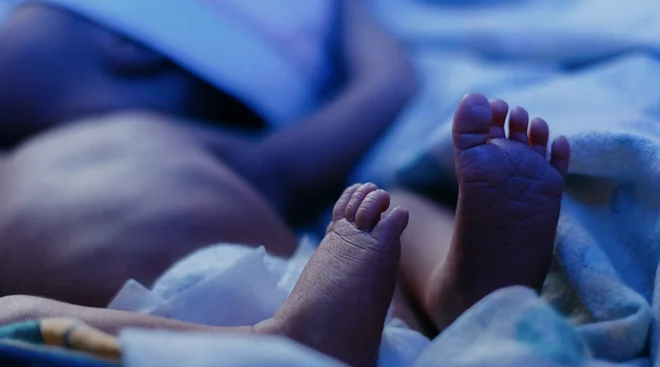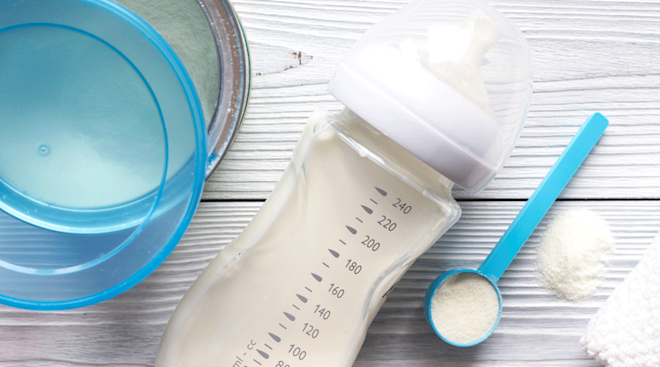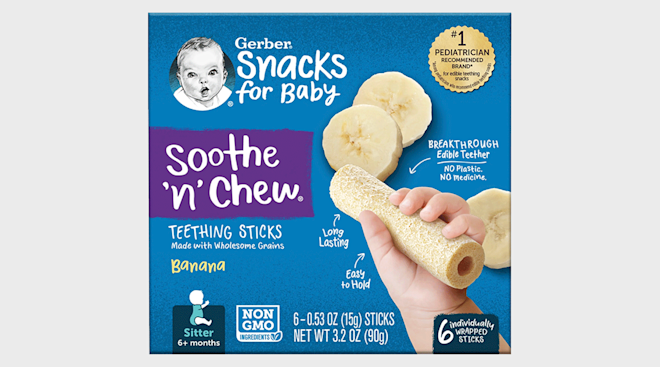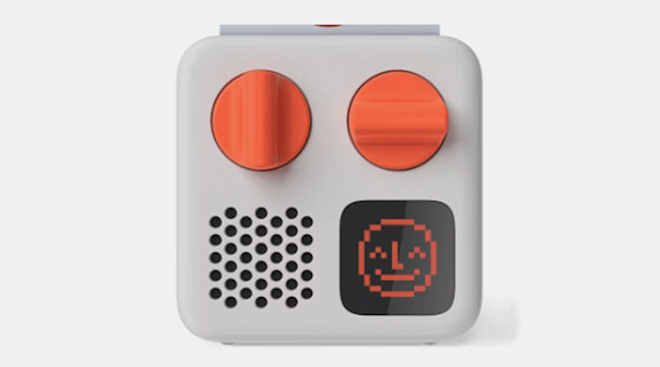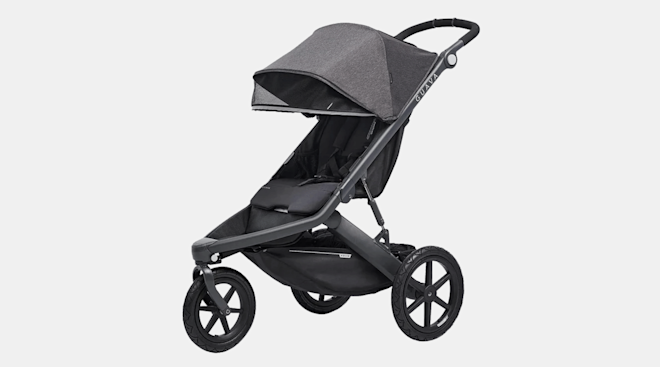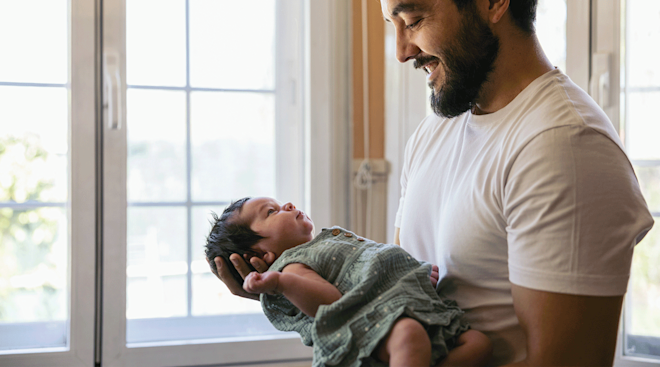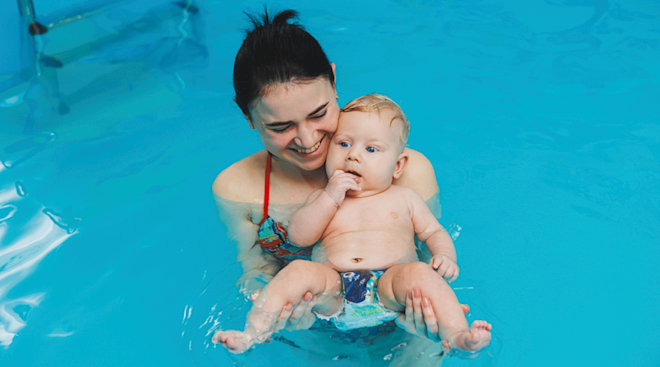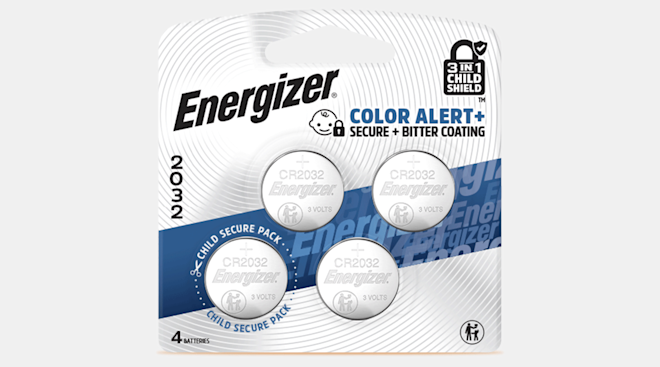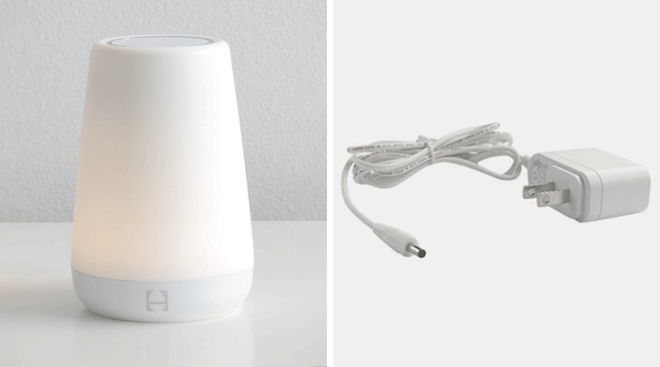AAP Updates Jaundice Guidelines: Here's What You Need to Know
For the first time since 2004, the American Academy of Pediatrics (AAP) has updated its hyperbilirubinemia (also known as jaundice) guidelines. More than just a new set of clinical guidelines for physicians, these updates will affect soon-to-be parents and their babies and include specific advice for caregivers on spotting dangerous levels of bilirubin buildup.
What is Hyperbilirubinemia?
Hyperbilirubinemia, also known as jaundice, is caused by an excess of bilirubin, a yellowish substance released into the bloodstream when the body breaks down red blood cells. While the liver usually processes bilirubin in adults without issue, a baby’s liver is still immature at a few days old, and bilirubin can quickly accumulate in the blood and skin, giving baby skin and eyes that distinct yellow tint.
While 60 percent of full-term infants will present with jaundice, and most cases will easily resolve themselves, bilirubin levels need to be monitored to ensure they don’t approach unsafe levels. If not treated, elevated bilirubin levels could lead to kernicterus, a type of permanent brain damage associated with a significant movement disorder, hearing loss and other problems.
Screening updates
What’s been updated: New updates emphasize that not all hyperbilirubinemia cases are easily identified by just looking at baby for the signature yellow tint. New clinical recommendations ask providers to measure the bilirubin concentration of all newborns before discharge to guide follow-up and treatment. Follow-ups should be scheduled based on these measured levels and new gestational age and risk factor guidelines.
“Recommending that all newborns be tested with a device that measures bilirubin levels through the skin or by a blood test is a major update of the previous guidelines. Because kernicterus is so serious and so often preventable, we wanted to make sure that management was guided by the specific measure. This is an important advance in care,” the lead author of the update and division chief of Primary Care Pediatrics at Nationwide Children’s Hospital, Alex Kemper, MD, said in a press release.
What it means for baby: While it has been a standard practice of many hospitals for the past several years to measure bilirubin concentrations before discharge, these new guidelines set the record in stone. If your baby’s bilirubin is not measured or you are not given information on when to follow up, talk with your doctor or maternity care provider.
Treatment updates
What’s been updated: When treatment for jaundice is required, the first line of defense is often phototherapy. Since the 2004 guidelines, evidence regarding the risk of kernicterus has emerged, allowing the guidelines to slightly increase the thresholds for a patient’s bilirubin levels before recommending phototherapy treatment.
What it means for baby: Because slightly higher thresholds are now permitted before treatments, it’s likely that fewer babies will have to go through phototherapy treatment. “Data from the last 10-plus years show phototherapy is safe and effective when needed and used appropriately,” Jonathan Slaughter, MD, the lead author of the technical report accompanying the guideline update, said in a press release. “But, we also know phototherapy can be hard on families and can sometimes interfere with breastfeeding. Even moving the phototherapy thresholds a little bit substantially changes the number of babies who need to remain in the hospital.”
Updated advice for caregivers
One of the most important guideline changes stresses the need for better parent and caregiver education. “We want to empower families to understand what they can do to prevent hazardous bilirubin levels. The new guideline emphasizes the importance of arranging follow-up care and making sure that parents understand these plans and what they should look for in the meantime,” Kemper said.
Common jaundice symptoms for parents to look out for:
- A noticeable yellow tinge to baby’s skin and the whites of their eyes
- Weight loss
- Excessive fussiness
- Extreme fatigue or lethargy
- Poor feeding
One way to informally test for jaundice in babies: Press your finger against baby’s nose or forehead. When you take your finger away, does the skin underneath look yellowish, or is it just a lighter shade of baby’s normal color? If the skin looks yellow, baby probably has jaundice, and you should consult baby’s doctor.
Please note: The Bump and the materials and information it contains are not intended to, and do not constitute, medical or other health advice or diagnosis and should not be used as such. You should always consult with a qualified physician or health professional about your specific circumstances.
Navigate forward to interact with the calendar and select a date. Press the question mark key to get the keyboard shortcuts for changing dates.

































